Is Pillivuyt brand china safe? Is Pillivuyt china Lead-free?
For those new to the Lead Safe Mama website:
Tamara Rubin is a multiple-federal-award-winning independent advocate for childhood Lead poisoning prevention and consumer goods safety, and a documentary filmmaker. She is also a mother of Lead-poisoned children (two of her four sons were acutely Lead-poisoned in 2005).
- Tamara owns and runs Lead Safe Mama, LLC — a unique community collaborative woman-owned small business for childhood Lead poisoning prevention and consumer goods safety.
- Since July 2022, the work of Lead Safe Mama, LLC has been responsible for six product recalls (FDA and CPSC).
- All test results reported on this website are science-based, accurate, and replicable.
- Please check out our press page to see some of the news coverage of our work, linked here.
For some additional background about this work, please read the following links:
- An article discussing the testing methodology used here on this website
- A menu with buttons for many of the different categories of information that can be found here on LeadSafeMama.com.
- A link to my documentary feature film on childhood Lead poisoning.
- The short video that shows you how to search this site.
- Items you can test at home with a LeadCheck swab.
- Items you really cannot test at home (items better tested with XRF technology)
- A piece on some context for the concern of Lead in ceramics / dishware / pottery
- An article discussing why you cannot (in most cases) test dishware yourself at home.
Is Pillivuyt brand china safe?
Based on the testing I have done of this brand to date [there are five examples of their products with XRF test results here on LeadSafeMama.com], combined with the fact that their products are manufactured in France – and therefore applicable manufacturing standards would require these products to adhere to European standards (which are generally better, more strict than standards in the United States) – I would expect all newly-manufactured china (specifically and especially the pieces intended for food-use purposes) from this brand have likely complied with strict leach-testing standards.
That said, Pillivuyt decorative pieces with high-Lead elements (painted designs / design decals on food-use surfaces) should be considered suspect, especially in respect to long-term use and wear.
It is my contention that current regulatory standards for toxicants are insufficient (including most European standards) — as they only assess the safety of food-use ceramic pieces at the time of manufacture, whereas high-Lead-content pieces may possibly (are likely to?) become hazardous over time, with long-term wear-and-tear (even when “used as intended”). Please read this piece, which has a more-detailed discussion about the concern.
Is Pillivuyt china Lead-free?
No —this brand of china / French porcelain is not “Lead-free”.
I would however consider the undecorated (plain white) Pillivuyt pieces to fall in the range of “Lead-safe” – given the levels of Lead found using XRF technology. More specifically, given the food surface of the undecorated examples I have tested from this brand tend to test for very low amounts of Lead [whereas the un-glazed backs of the pieces tend to test positive for a slightly higher amount of Lead] I expect that the glazes used (specifically the clear glazes used on their undecorated all-white pieces) are likely Lead-free glazes, with the food surface readings for Lead indicating that the XRF instrument is reading through the Lead-free glaze to the trace levels of Lead found in the porcelain substrate.
That said, the levels of Lead found in their decorative pieces fall outside of the “safe” range — far above the restriction that is required for china made for use by children [which legally should test negative — or at least below 90 ppm Lead in all paint, glazes or coatings].
It is my assertion that, considering all china can potentially be used by children, regardless of the outcome of leach testing, food-use china should meet or exceed all standards for items intended for use by children (under 90 ppm Lead content in the paint, glaze or coating, and under 100 ppm Lead content in any substrate – of each and every component).
Tamara would you use Pillivuyt china in your home?
No.
As a mother of Lead poisoned children, I would not choose these for my family. I choose only Lead-free dishes for my home— this choice is both health-related and politically-motivated (in terms of protecting not only the health of my family, but that of our planet, as well). When manufacturers choose to use Lead in decorative elements in their products, they are contributing to the greater problem: increasing the need for the mining, refining and manufacturing of Lead for glazes and other use – practices which fundamentally pollute the planet for future generations.
That said, if I visited your home and you served me on the plain white version of these dishes, I would have no concern for potential toxicant exposure [but if you were planning to serve me food on a Pillivuyt dish with decorative elements on the food surface,I would likely – politely – request a less-suspect dish.]
Some additional reading that may be of interest:
- Here are links to each of the Pillivuyt pieces I have tested, including their full XRF readings.
- Here’s our overview with other types of china I have tested.
- Here’s the “Made in France” category here on LeadSafeMama.com
As always, please let me know if you have any questions. Thank you for reading and thank you for sharing these articles.
Tamara Rubin
#LeadSafeMama
Never Miss an Important Article Again!
Join our Email List


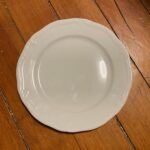
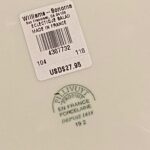
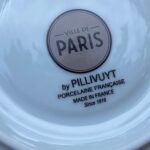
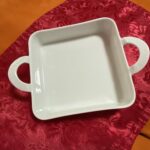
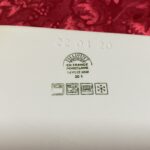
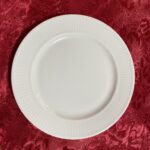
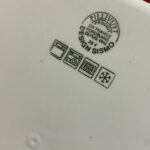
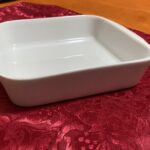
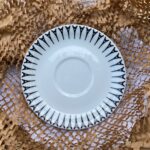
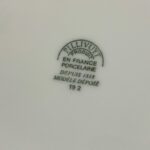



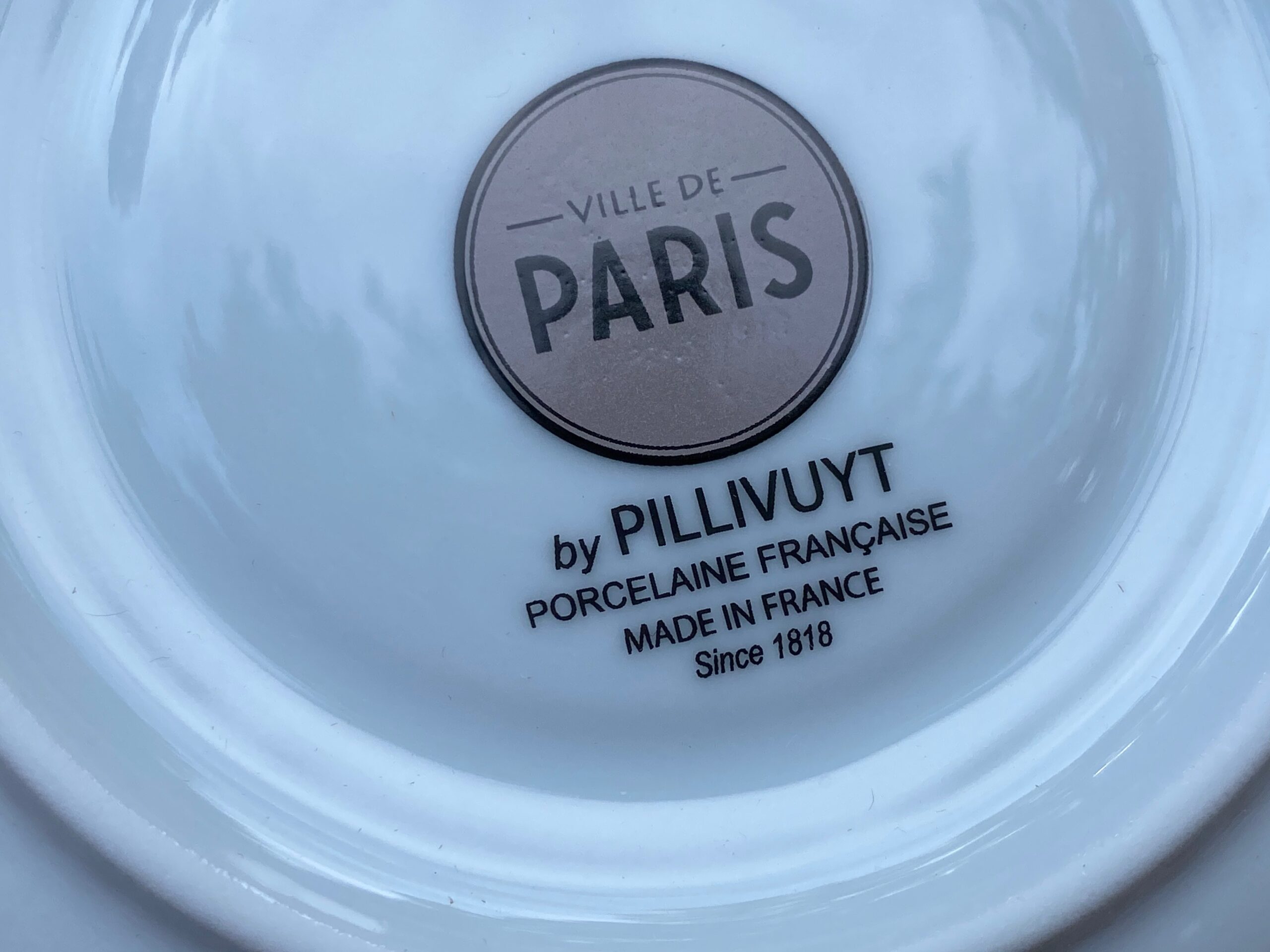

Hi Tamara- just trying to clarify something. What are you basing your claim off of, that *plain white* Pillivuyt dishes are likely safe (even in the long term)? Your implication is that lead is only present in colored pigments with this brand; but I read also that you found high amounts of lead in plain white English China, and low amounts in a highly decorated Mexican china piece. In a nutshell, I would like to know why you think that Pillivuyt plain white dishes are likely to be safe in the long run vs the decorated dishes. Is it because your testing has revealed that their track record with plain white is good? Sorry for so many questions, just trying to clarify all of this. Thanks!
which brand has 100% lead and cadmium free dinnerware?
When you say decorative, do you mean colors ? I was gifted the basketweave french set from william sonoma by this brand and it’s all white but has a hammered detail around the side.